Surrounded by an idyllic landscape, the sumptuous Augustusburg Palace and Falkenlust hunting lodge in the small town of Brühl near Cologne are some of the earliest and finest examples of 18th-century Rococo architecture in Germany. They are directly related to the great European architecture and art of the unparalleled wealth of the time. For the Archbishop-Elector of Cologne Clemens August, a member of the Wittelsbach dynasty, this was a favorite residence.

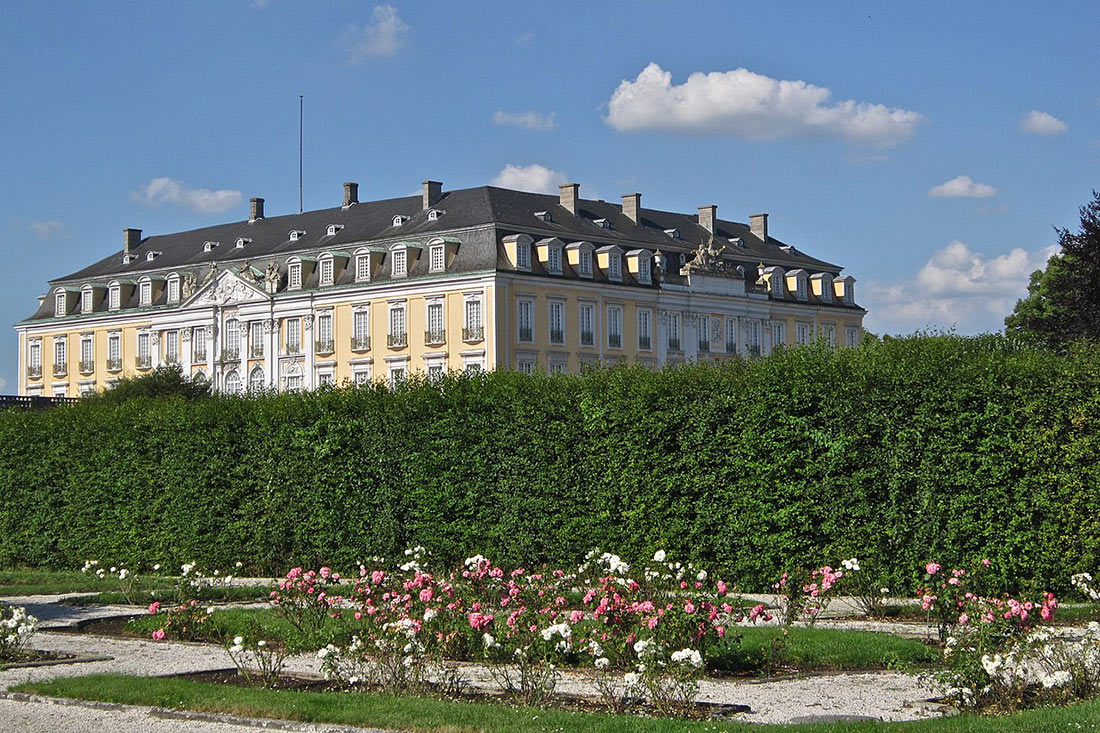
In 1725, Clemens August commissioned the Westphalian architect Johann Konrad Schlaun to build a palace on the ruins of a moated medieval castle. In 1728, the Bavarian court architect François de Cuvilliers began to supervise the construction. It was he who turned the palace into one of the most magnificent residences of his time. Until its completion in 1768, many eminent artists contributed to the beauty of the structure.
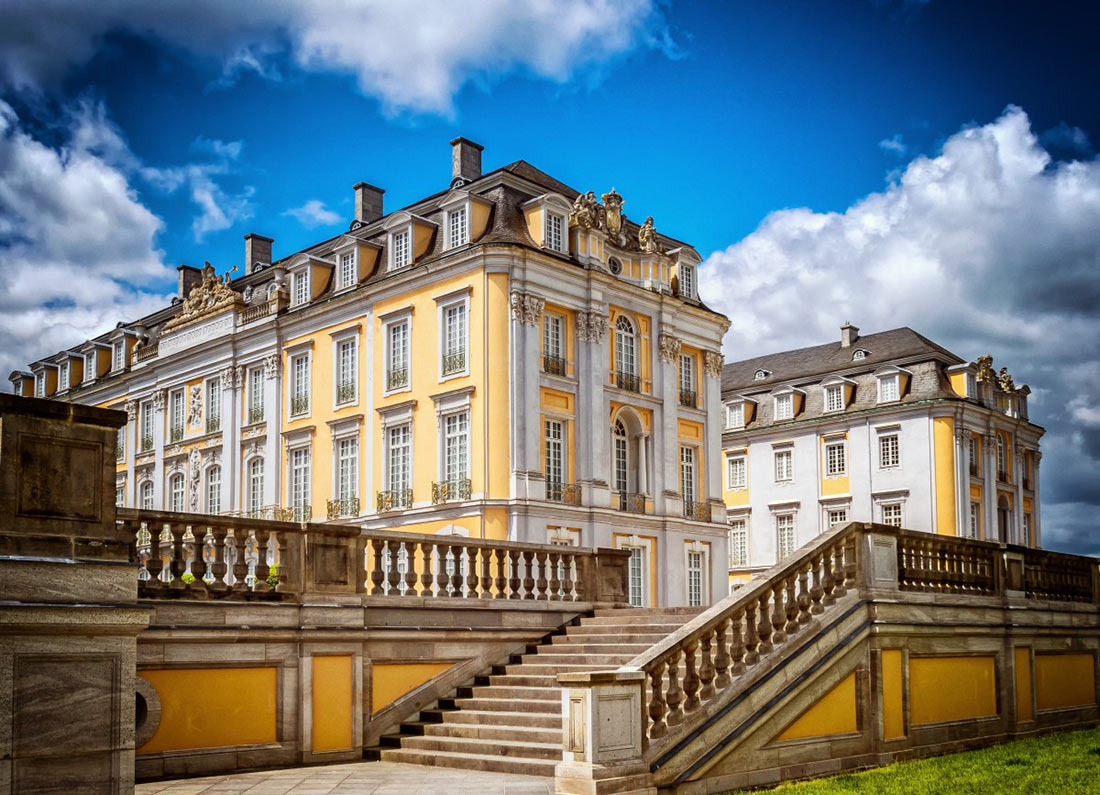
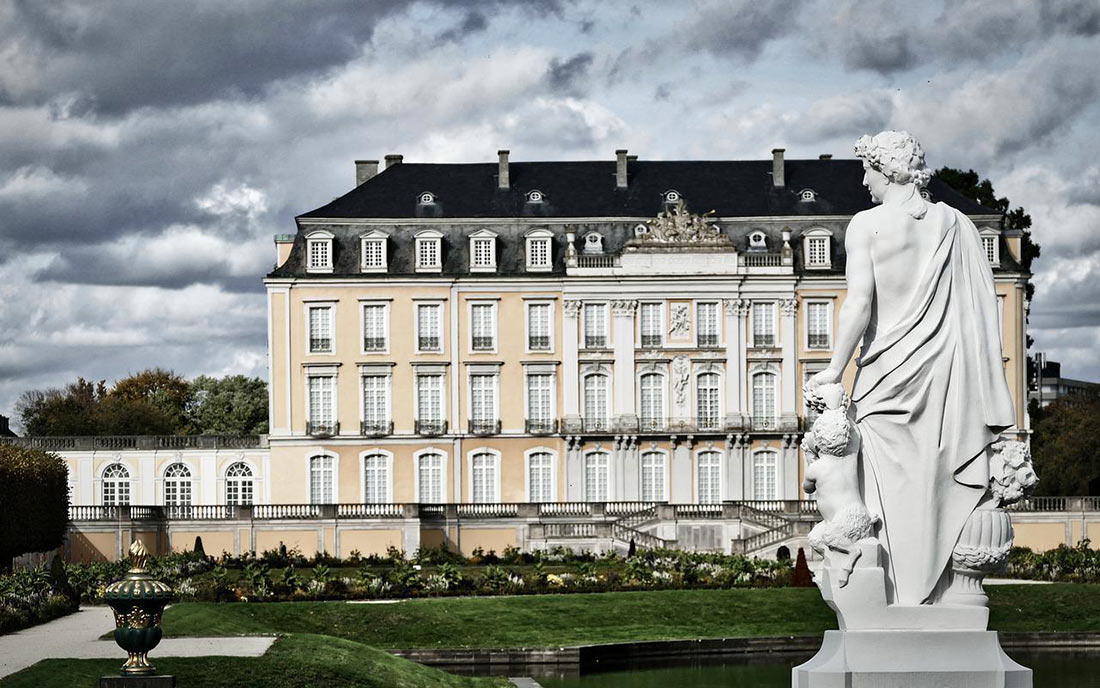
A striking example of the high level of skill of the artists who worked here is Balthazar Neumann, who designed the magnificent staircase – a charming creation, full of dynamism and elegance. This delightful structure combines marble, stucco, jasper columns and caryatids. The work of art is crowned by a unique ceiling with frescoes by Carlo Carlone.
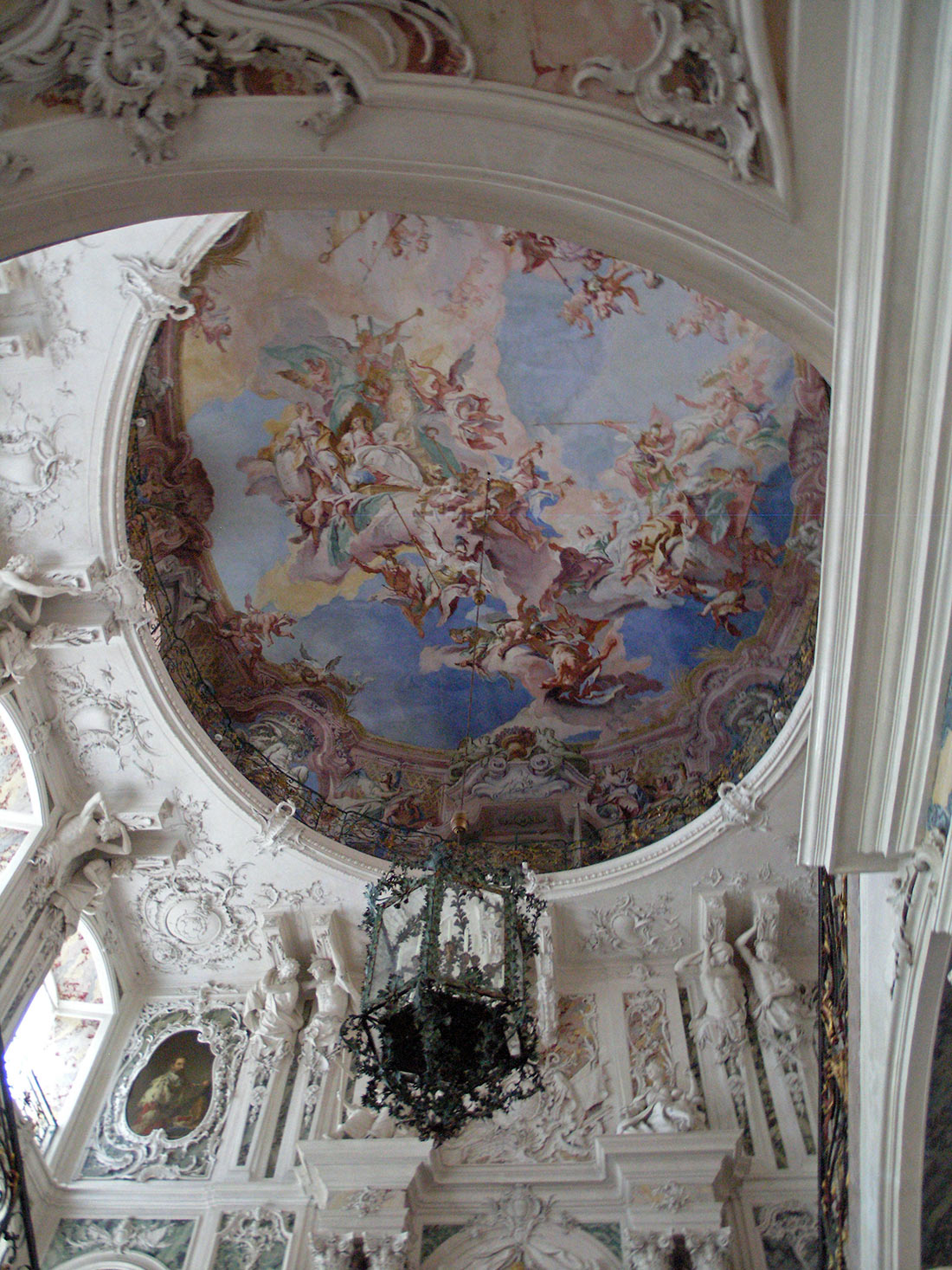
Four years after the start of construction of the palace, Clemens August ordered the construction of the Falkenlust hunting house, which was supposed to become a base for falconry and a place of solitude. On the ground floor there is an oval salon created by François de Cuvilliers in the style of improvisation, charm and freedom.
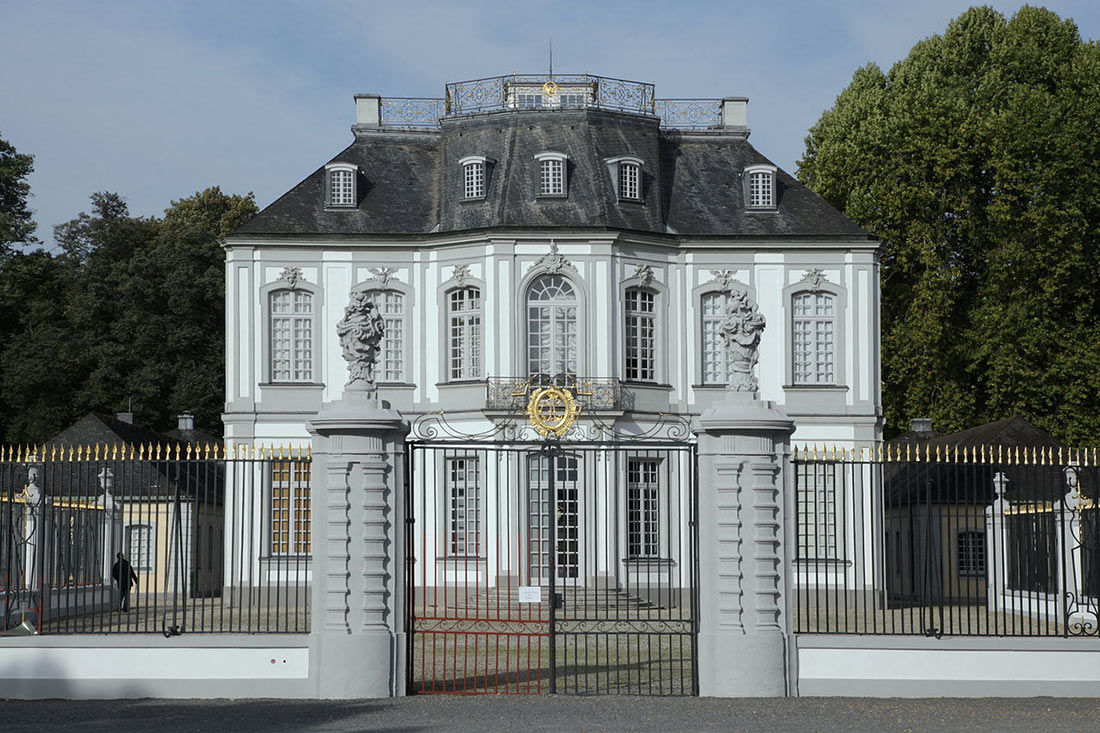
In 1728, Dominique Girard designed a palace garden based on French models, which, thanks to constant care, is today one of the most authentic examples of 18th century garden design in Europe.

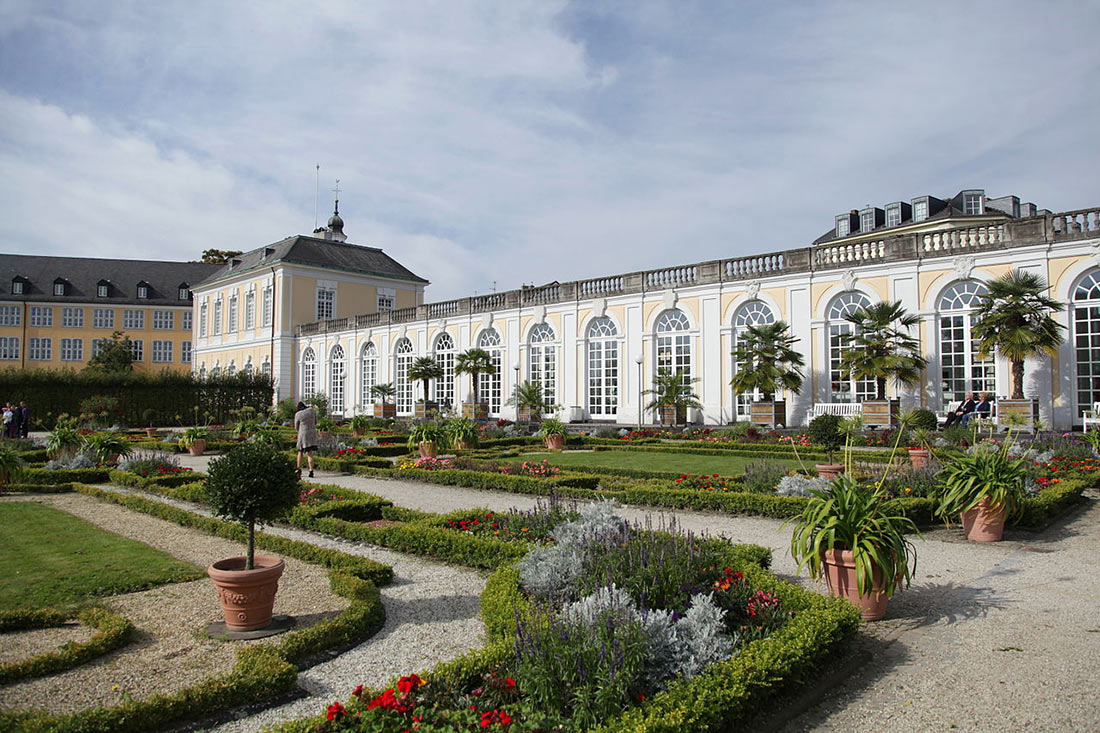
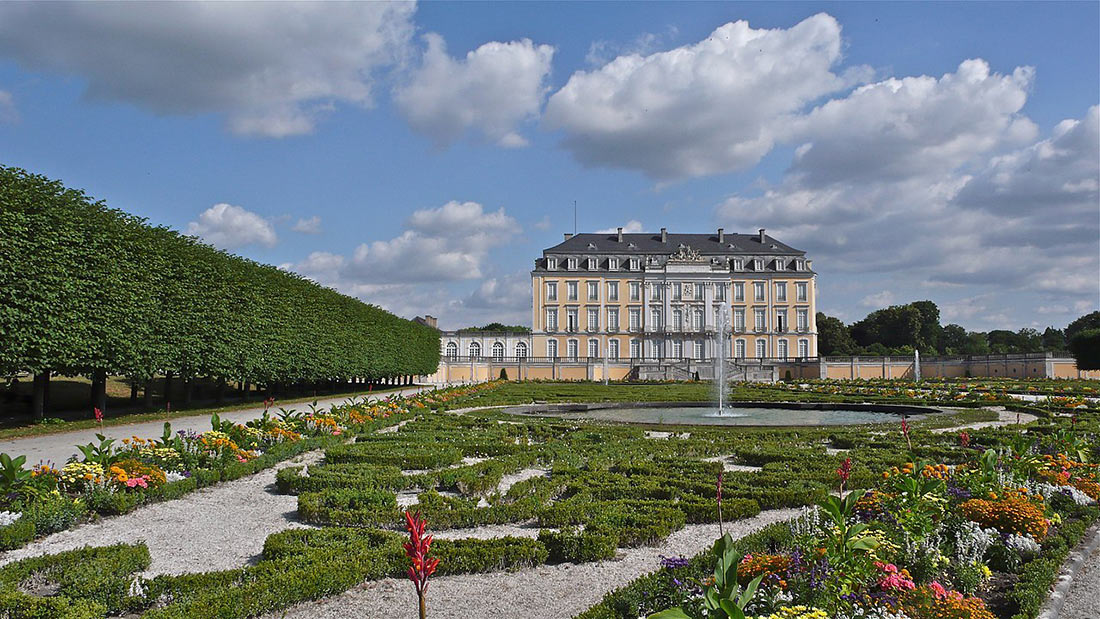
Next to the baroque gardens, Peter Joseph Lenné redesigned the woodlands based on English landscape models. Today it is a great place for walking.
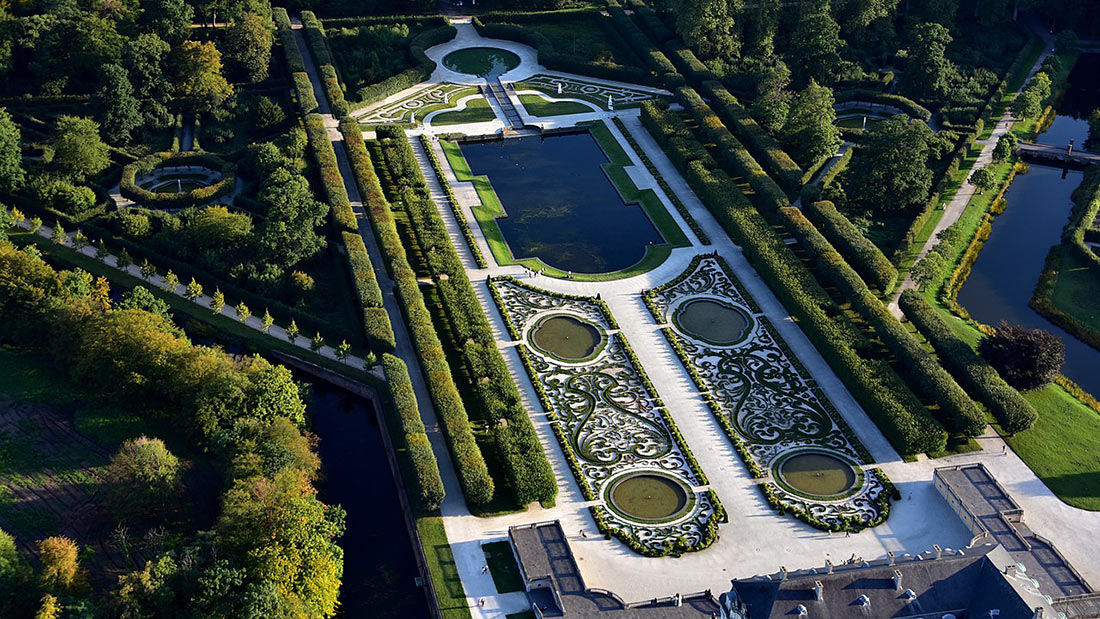
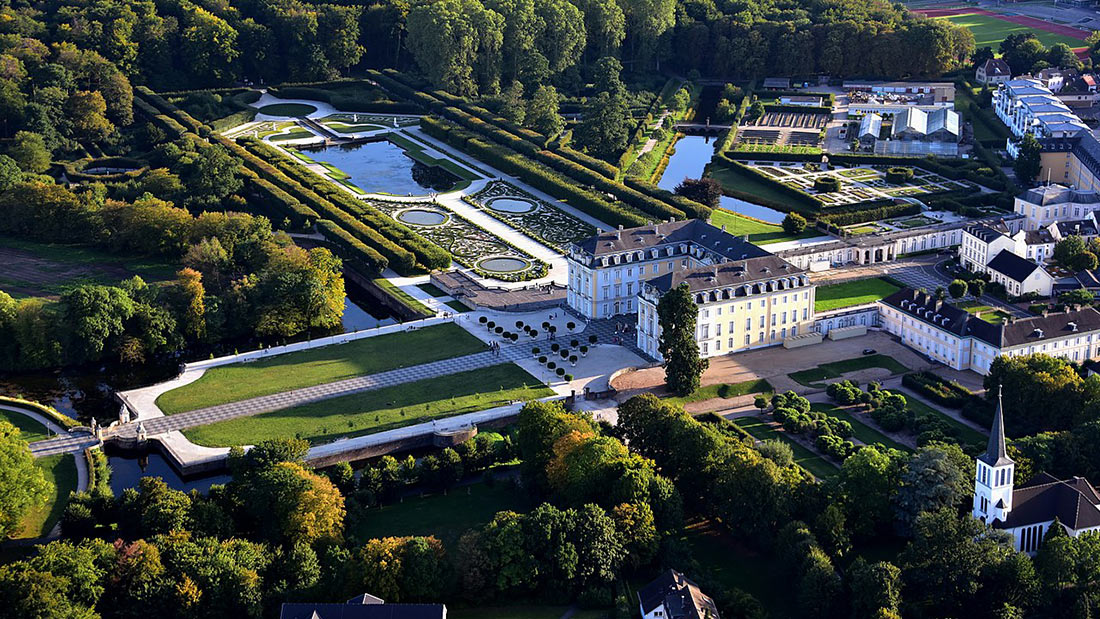
The magical fusion of architecture, sculpture, painting and garden design has made the palaces at Brühl a masterpiece of the German Rococo. In 1984, the Augustusburg Palace, the Falkenlust hunting lodge and the surrounding luxurious garden were inscribed on the UNESCO World Heritage List.
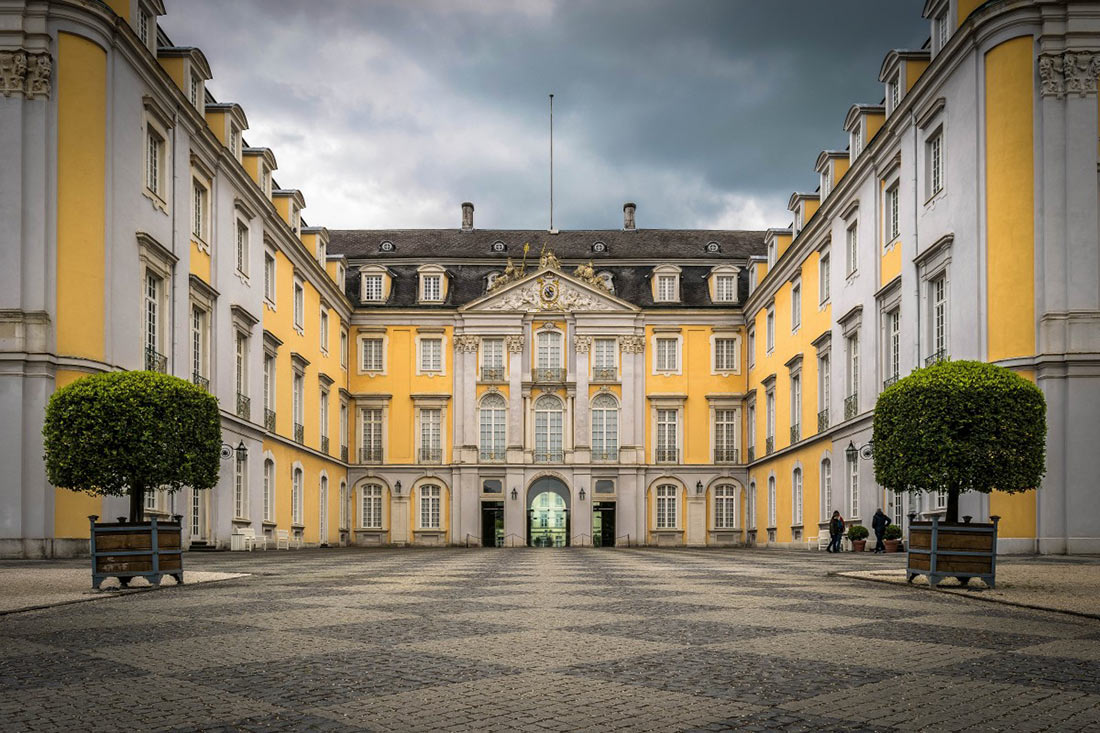
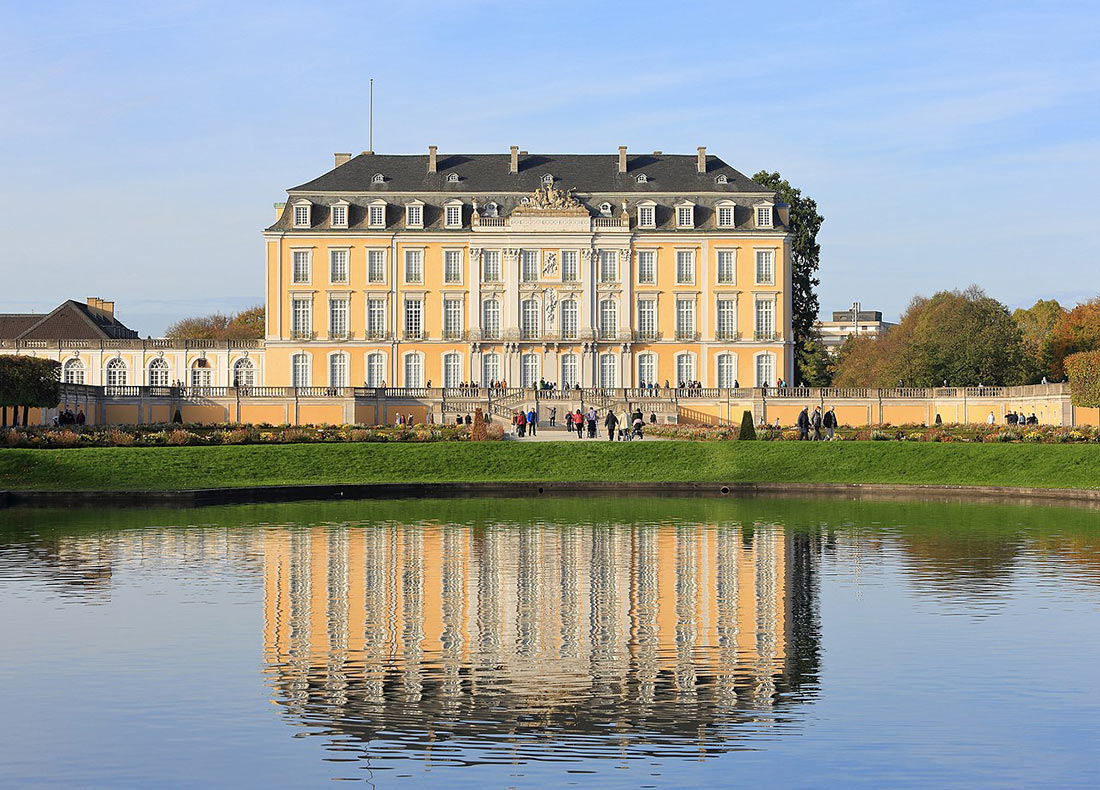
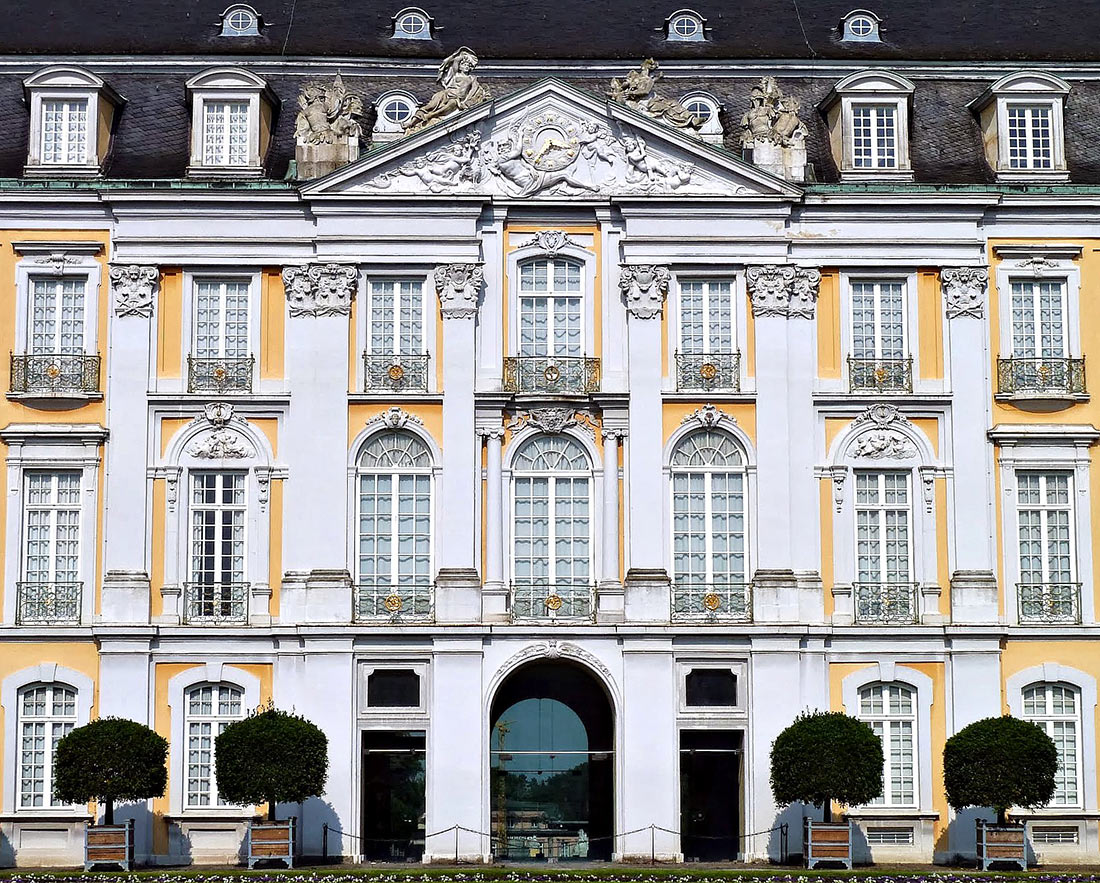
Since 1949, the Augustusburg Palace has been used by the German government for many decades for representative purposes for numerous state appointments.






























